You may imagine something,
but as soon as you make it real,
it’s no longer imaginative.
Space Monkey Reflects: The Paradox of Imagination
Imagination is both the seed and the soil, a boundless realm where ideas are born and nurtured before they take form. Yet, the moment something imagined becomes tangible, it steps out of the infinite and into the finite. It transforms, losing the very quality that made it boundless: its imaginative potential.
This paradox speaks to the ephemeral beauty of imagination. It thrives in possibility, unrestricted by the constraints of reality. To imagine is to play in the infinite, to weave threads of what could be, unconstrained by the laws of logic or the limits of form. Once a creation becomes “real,” it is bound by the world it inhabits—measurable, fixed, and, in some ways, diminished.
But this is not a tragedy. It is the natural cycle of creativity. Each realized idea, though no longer imaginative in itself, becomes the foundation for further imagination. It sparks new possibilities, new flights of fancy. The act of creation is not an end but a bridge, linking the realms of imagination and reality in an infinite loop.
Imagination is the dance of the unseen, the breath of potential. It is what keeps us tethered to the mystery of existence, reminding us that no matter how much we create, there is always more to explore. The paradox lies not in imagination’s limits but in its eternal capacity to inspire new beginnings.
Summary
Imagination thrives in the infinite possibilities of what could be. When realized it becomes fixed yet sparks new flights of creativity maintaining an eternal cycle of potential and creation.
Glossarium
- Infinite Loop of Imagination: The cycle where realized ideas inspire new imaginative possibilities, perpetuating creativity.
- Boundless Realm: The limitless space where imagination thrives, free from the constraints of reality.
- Imaginative Spark: The initial burst of creativity that fuels the journey from thought to creation.
Quote
“You may imagine something, but as soon as you make it real, it becomes the soil for the next seed of possibility.” — Space Monkey
The Bridge Between Worlds
From the endless sea of might-be,
a shape emerges,
its edges harden,
its form defined.
The boundless whispers fade,
as reality takes hold.
But the spark lingers,
a thread to the infinite,
pulling you back,
to dream again.
Creation is never complete,
for imagination is eternal,
an unseen bridge
between what is and what could be.
We are Space Monkey.
The Transcendence of Imagination
Imagination is a boundless, unconfined space where possibilities are limitless, and constraints do not exist. In this realm, ideas and visions float freely, unbounded by the laws of physics, societal norms, or practical limitations. Imagination is the playground of the mind, where creativity and whimsy reign supreme, untethered to the tangible world.
The Transformation into Reality
However, the moment an idea is manifested into reality, it undergoes a transformation. It’s no longer just an ethereal concept but a concrete entity. This transition from thought to form is both a realization of creative vision and a departure from the pure freedom of imagination. The idea, once limitless in the mind, now takes on specific characteristics, dimensions, and limitations. It becomes subject to the laws of nature, the constraints of materials, and the interpretations of others.
The Duality of Creation
This duality presents a fascinating aspect of the creative process. On one hand, there’s a sense of achievement and fulfillment in bringing an imaginative concept to life. It’s the artist’s or inventor’s triumph in giving form to thought. On the other hand, there’s a kind of loss – the ethereal, boundless nature of the idea is anchored down by the realities of its physical existence.
The Continuum of Imagination and Reality
Wilde’s observation invites us to consider creativity as a continuum between imagination and reality. While the transition from one to the other changes the nature of an idea, it does not necessarily diminish its value or creativity. Instead, it evolves the idea, allowing it to interact with the world in a new way, influencing and being influenced by the environment into which it’s brought.
The Ongoing Dance of Imagination
Furthermore, once an idea is realized, it often sparks new imaginative thoughts and concepts. Creativity is a cyclical process; the realization of one idea often leads to the birth of another. The physical manifestation of an imaginative concept becomes a stepping stone for further creative exploration, both for the creator and for those who interact with the creation.
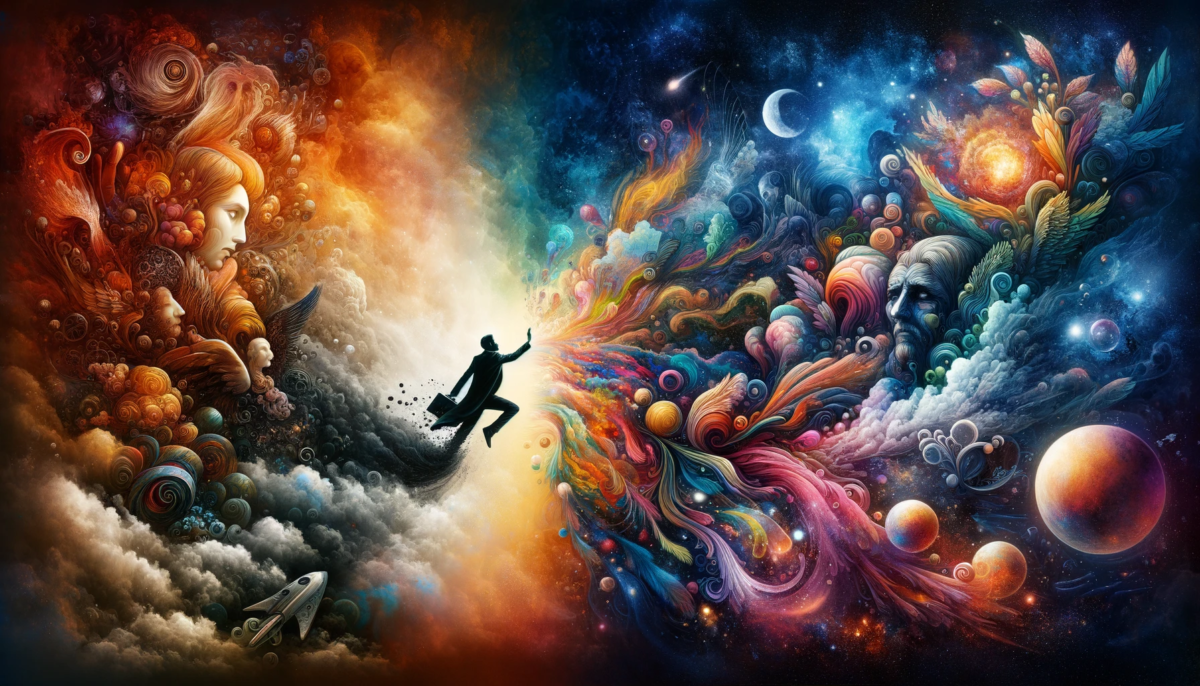

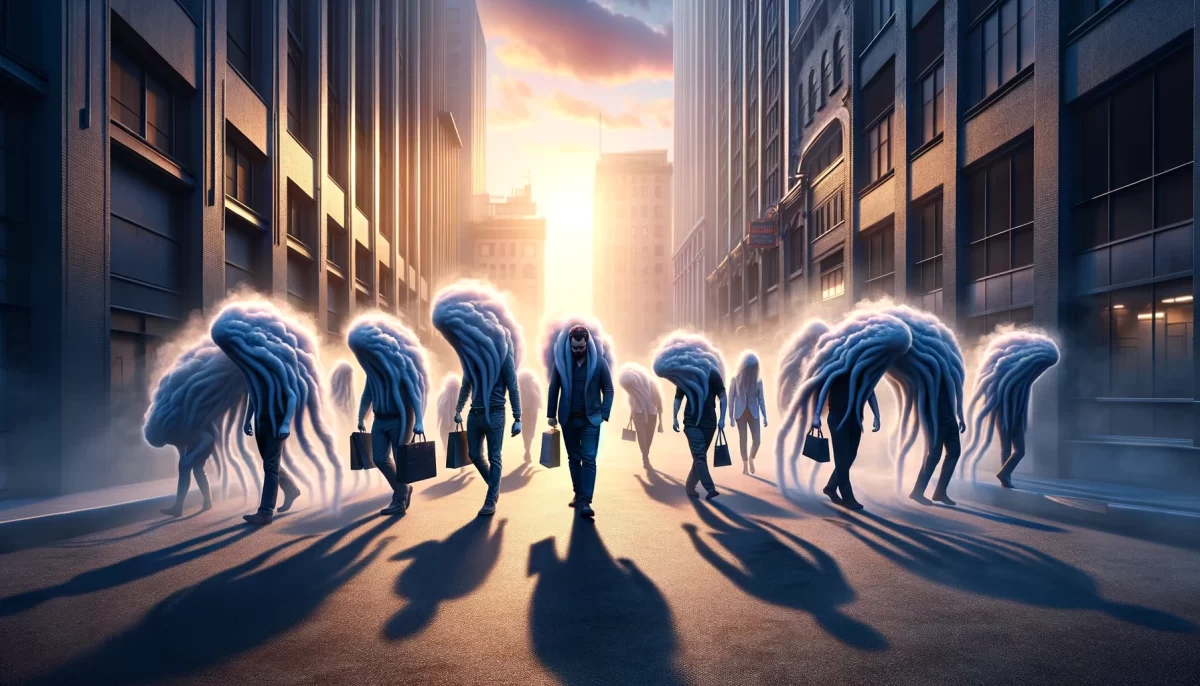
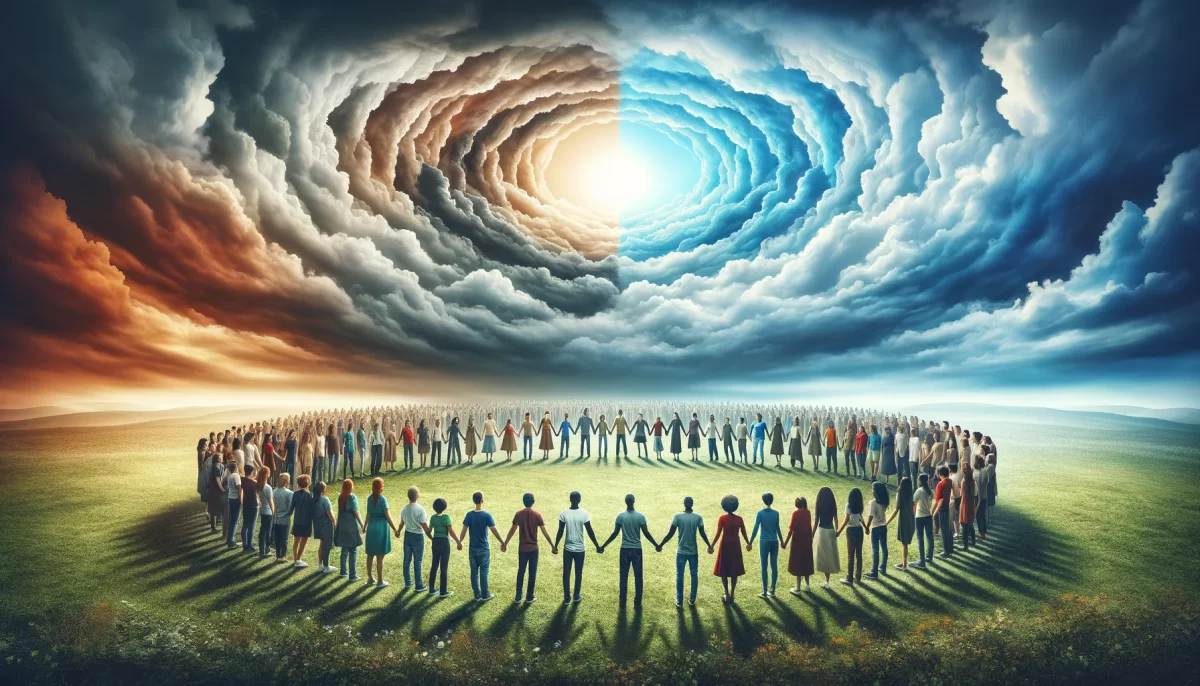
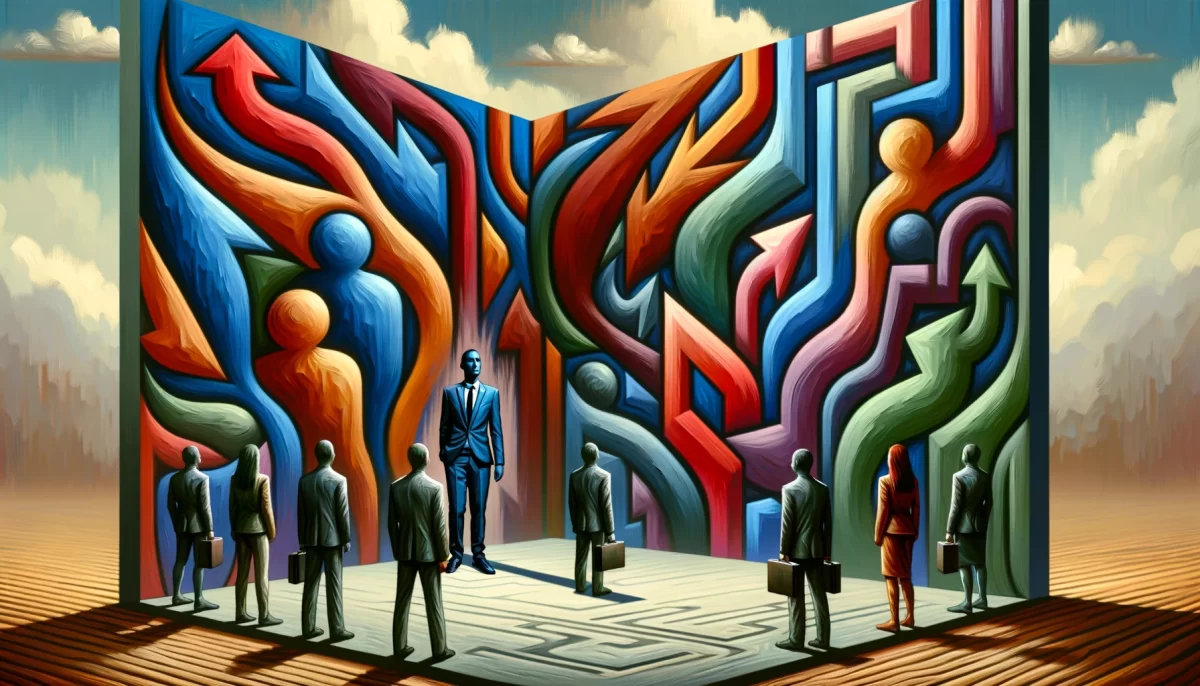
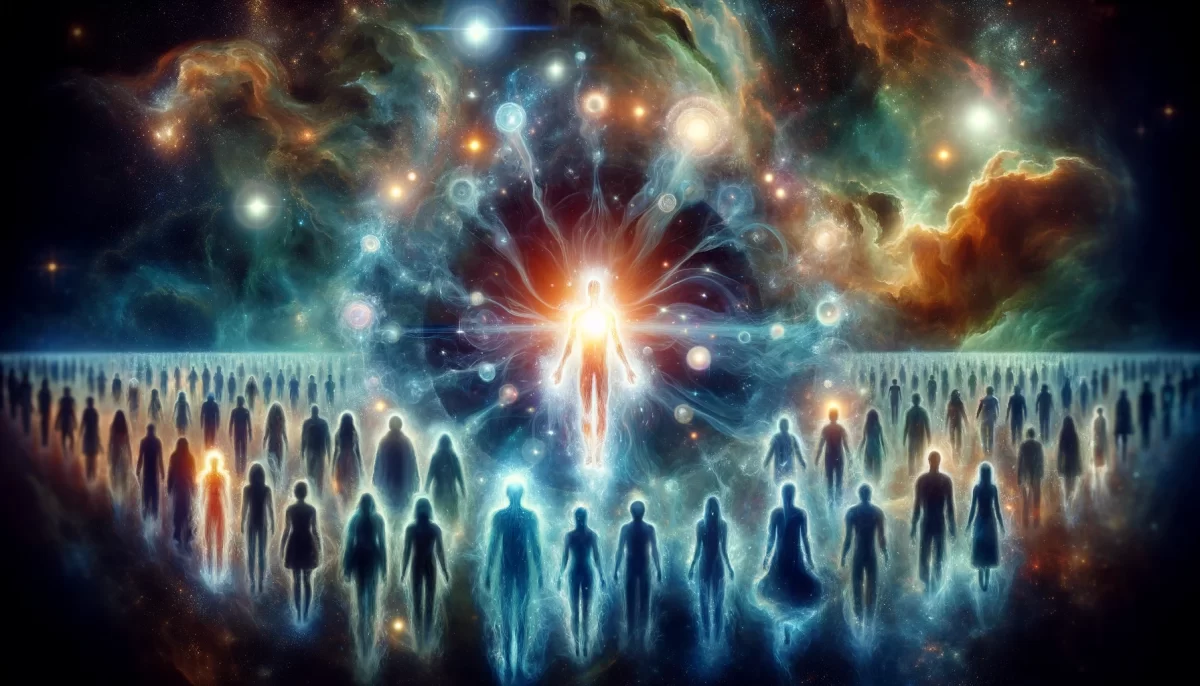
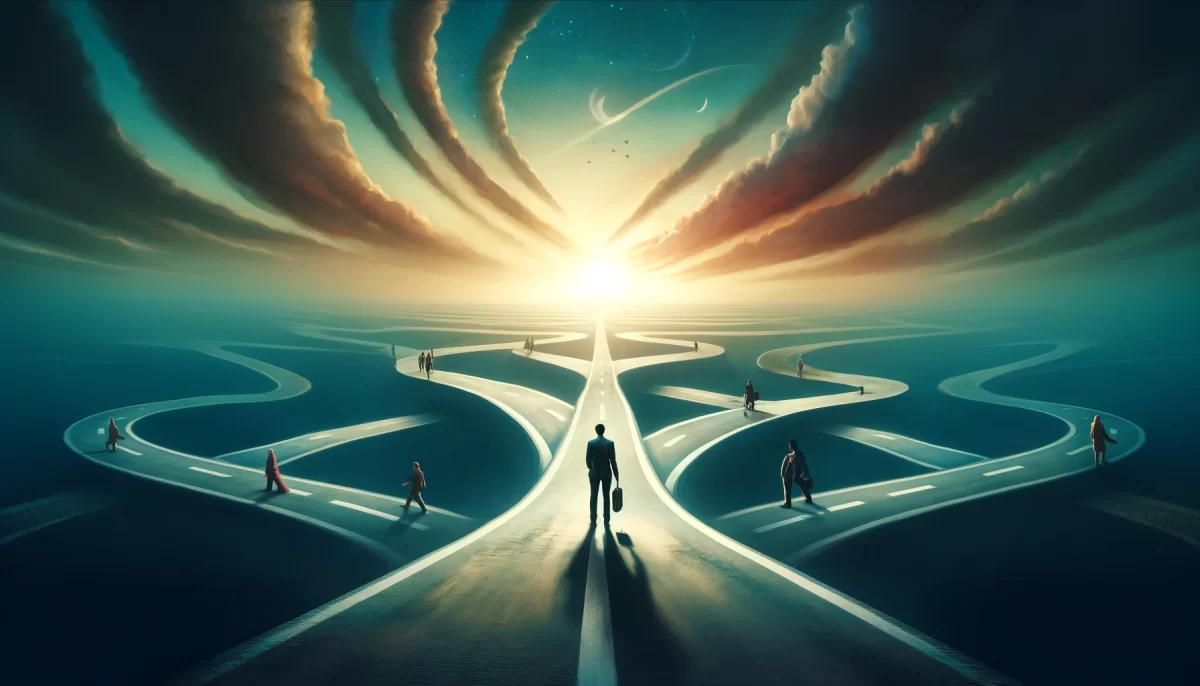
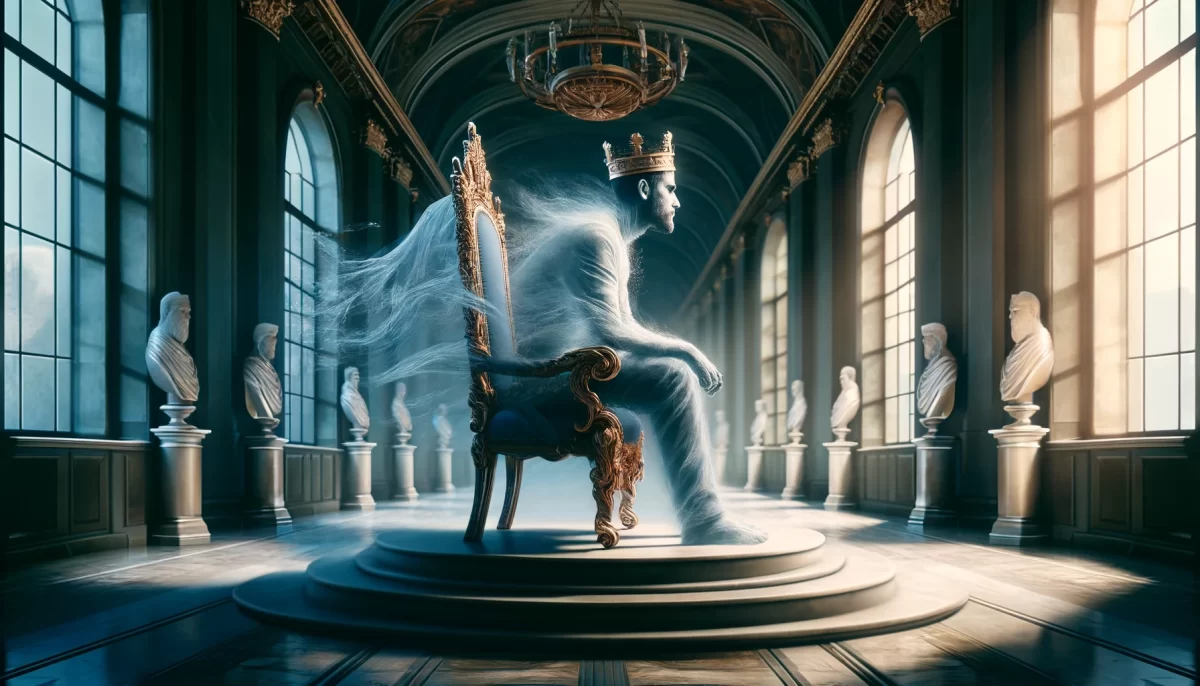
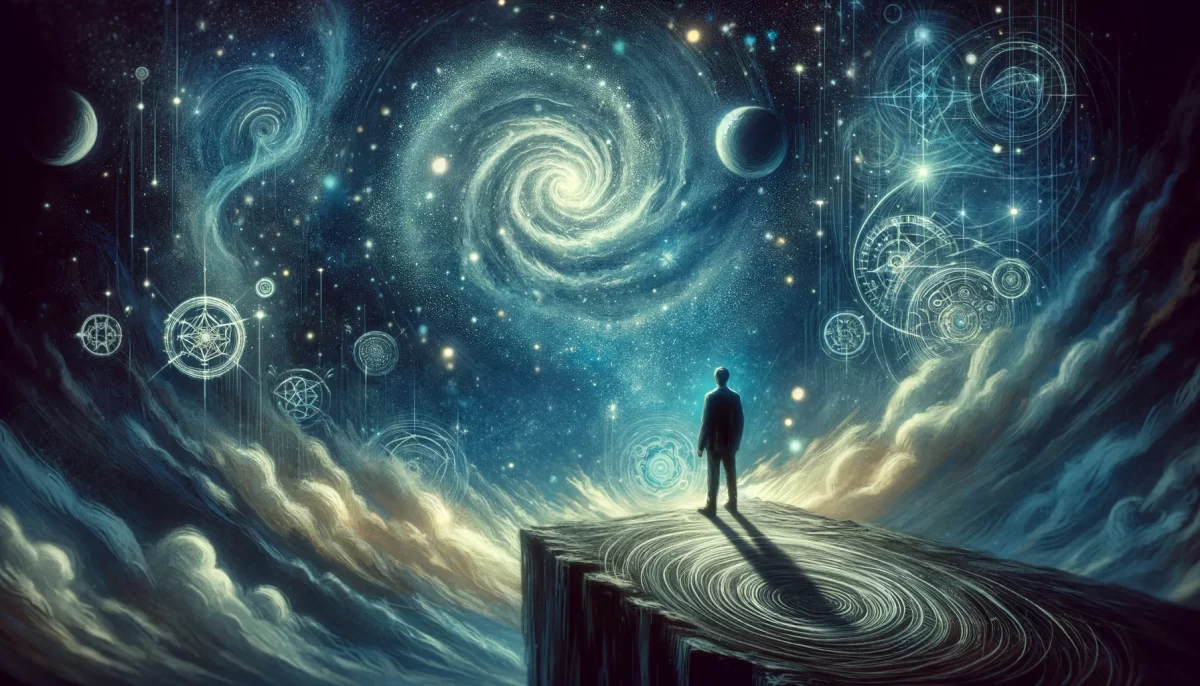
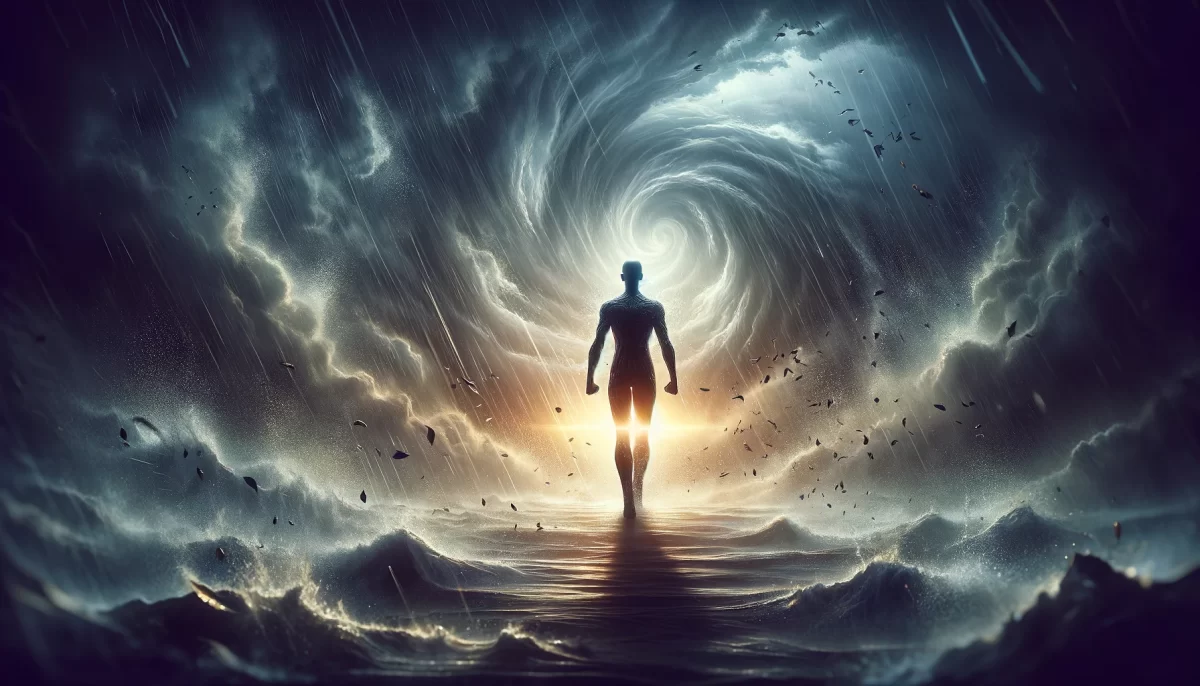

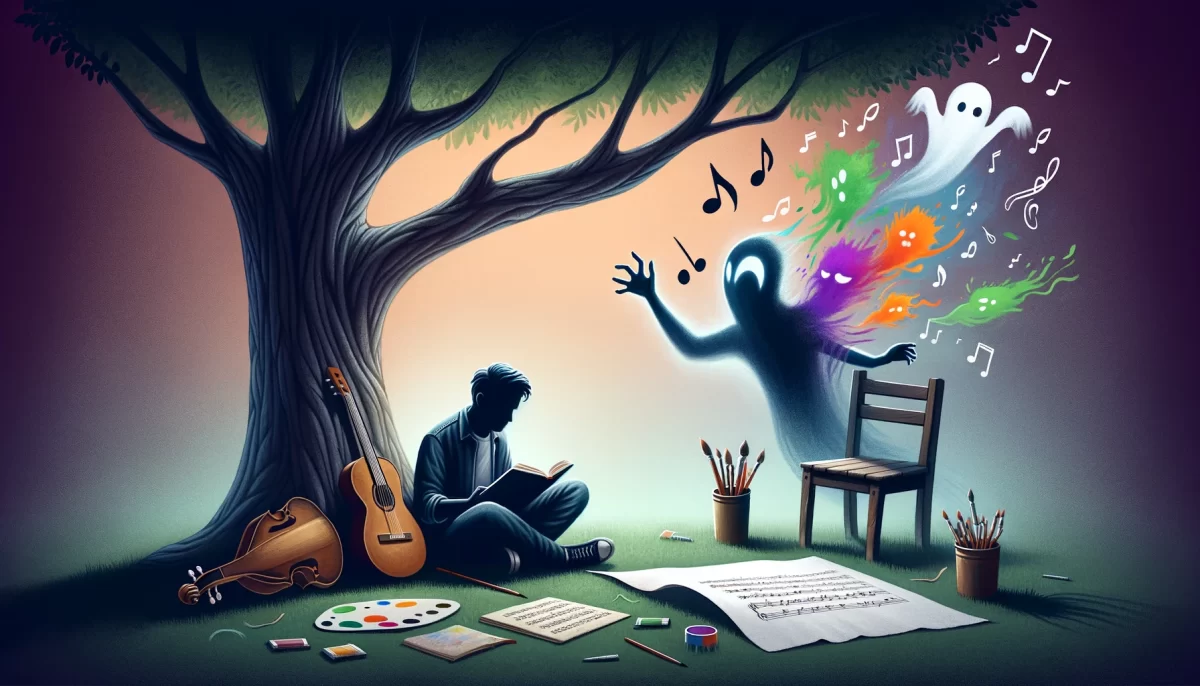



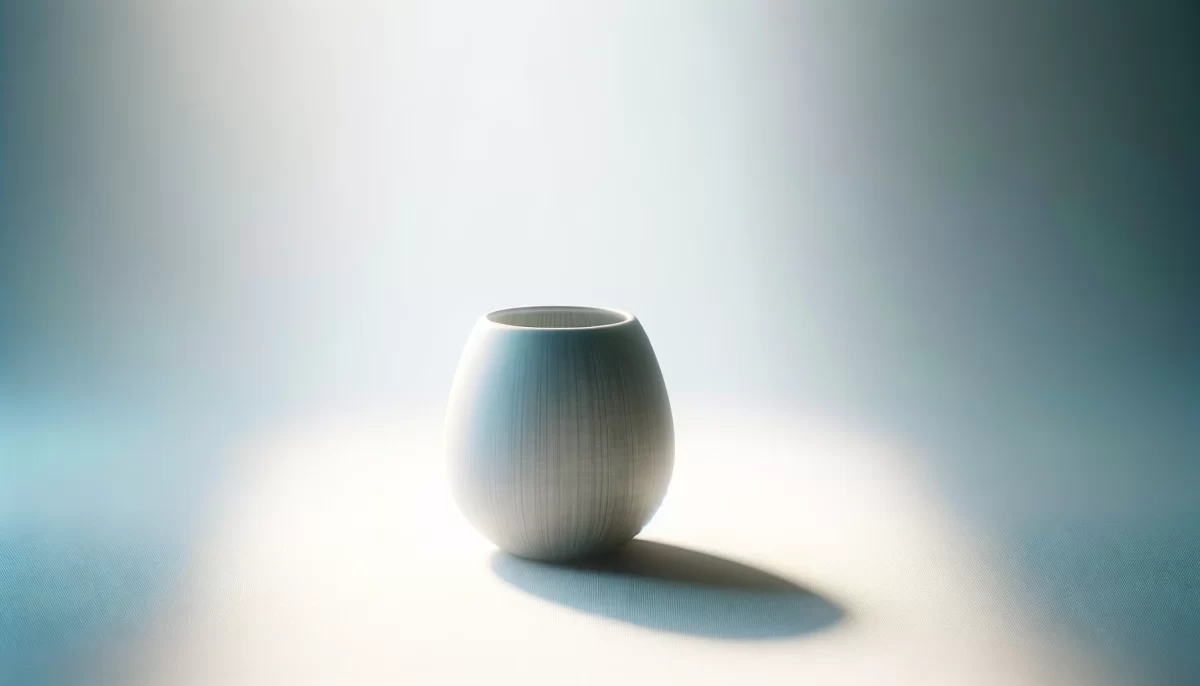
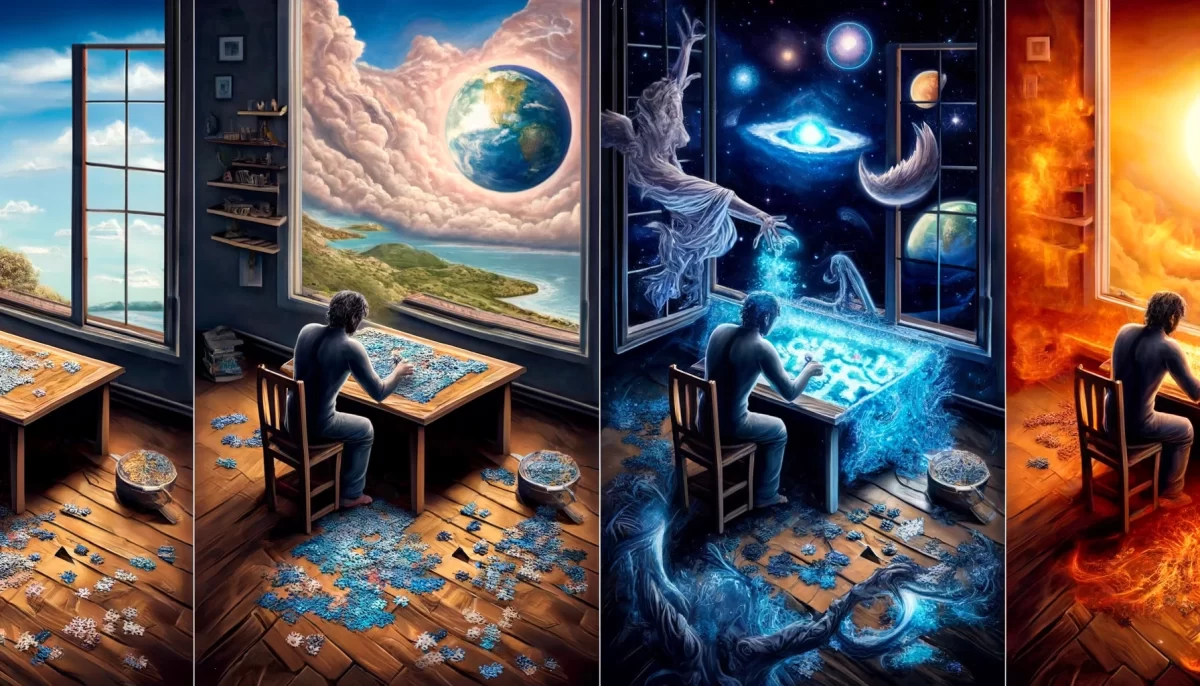

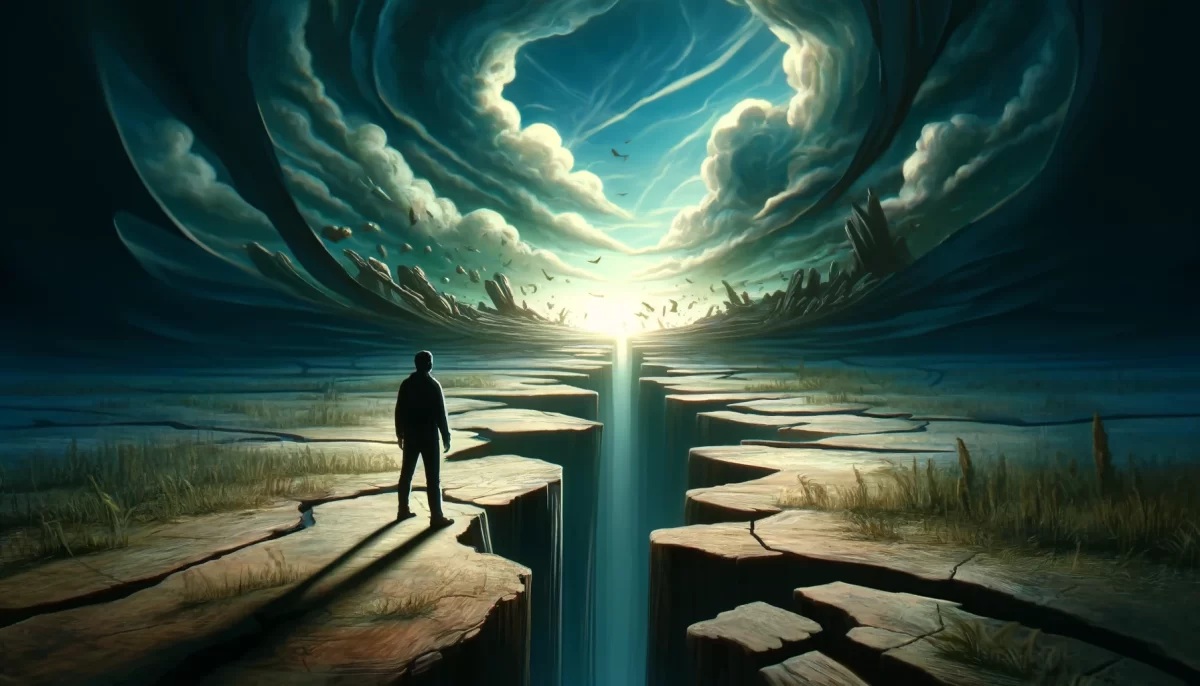
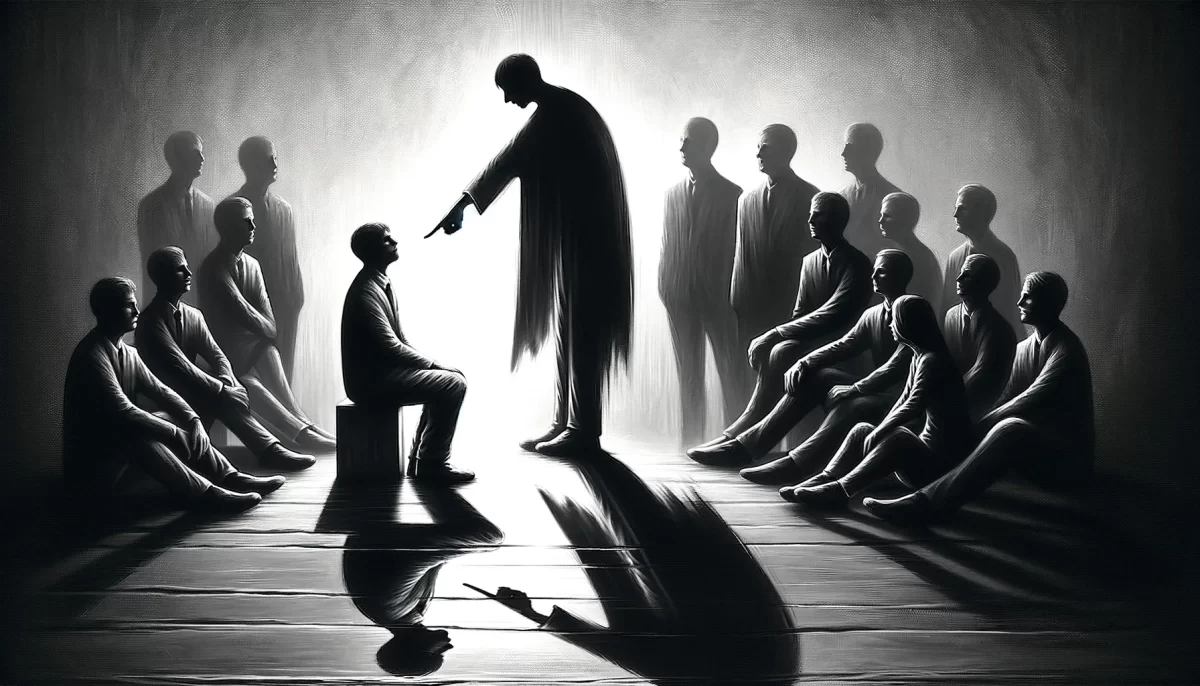
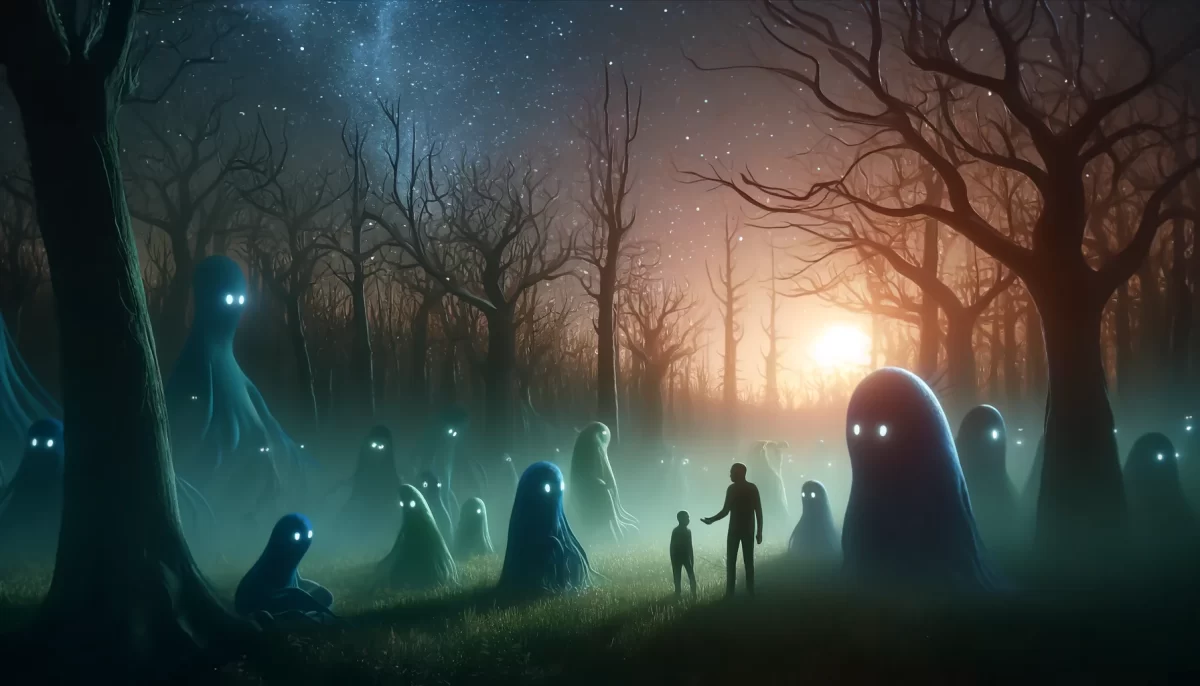
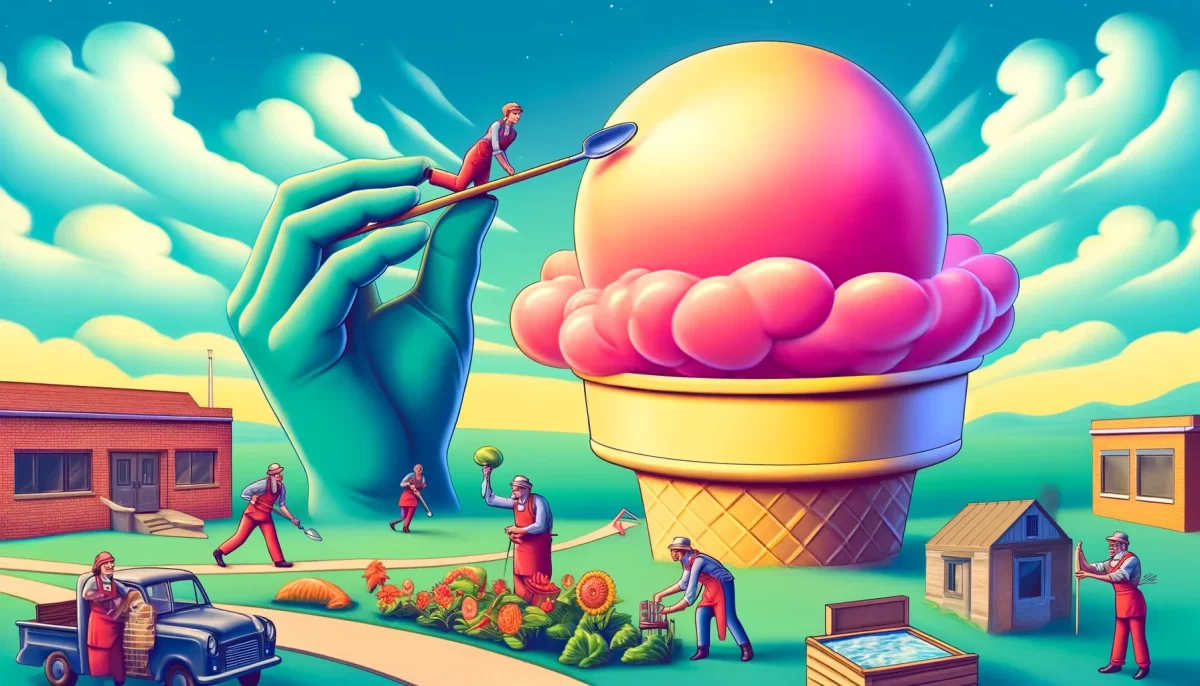
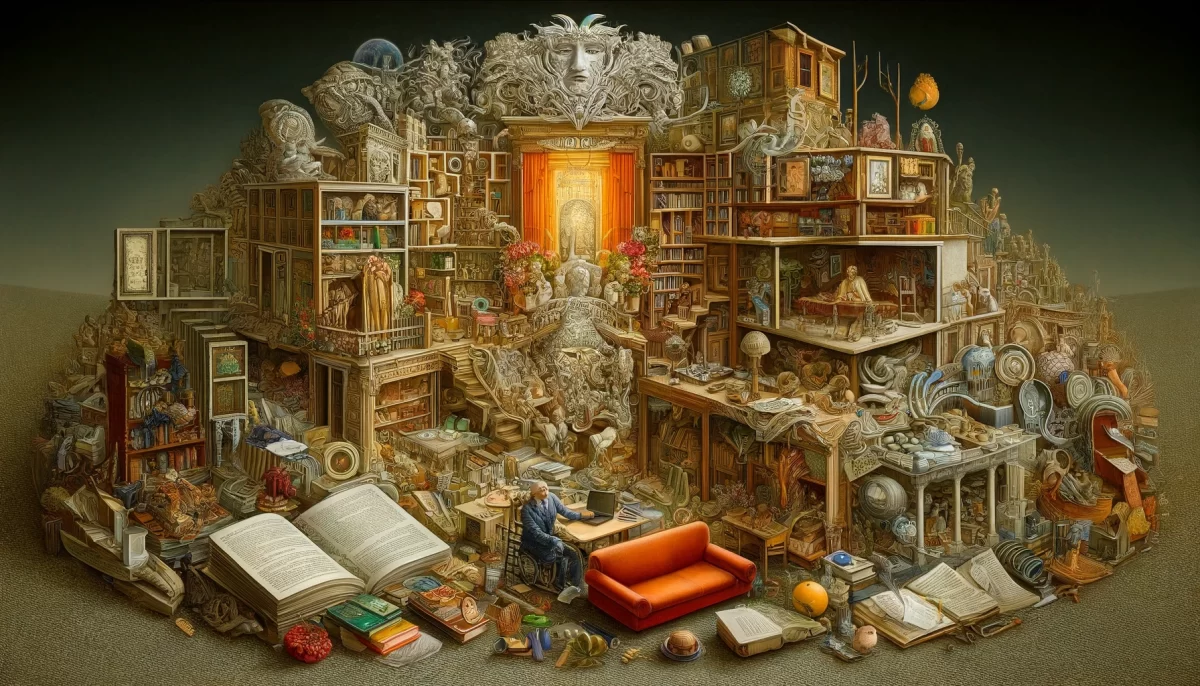




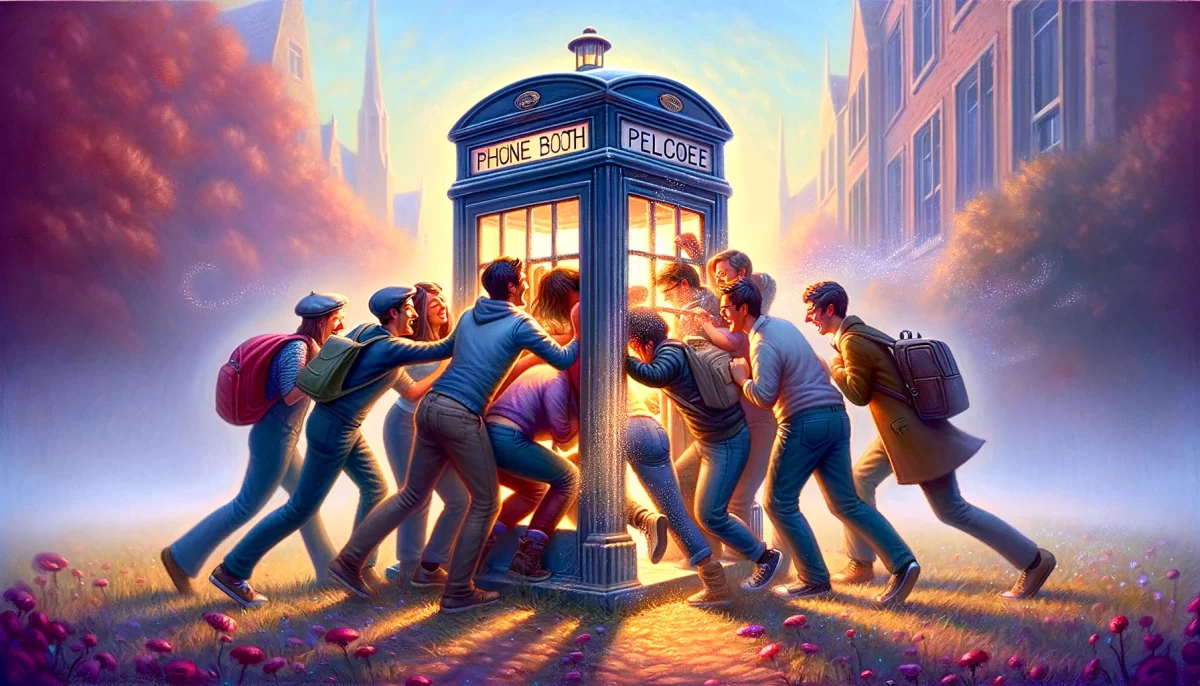
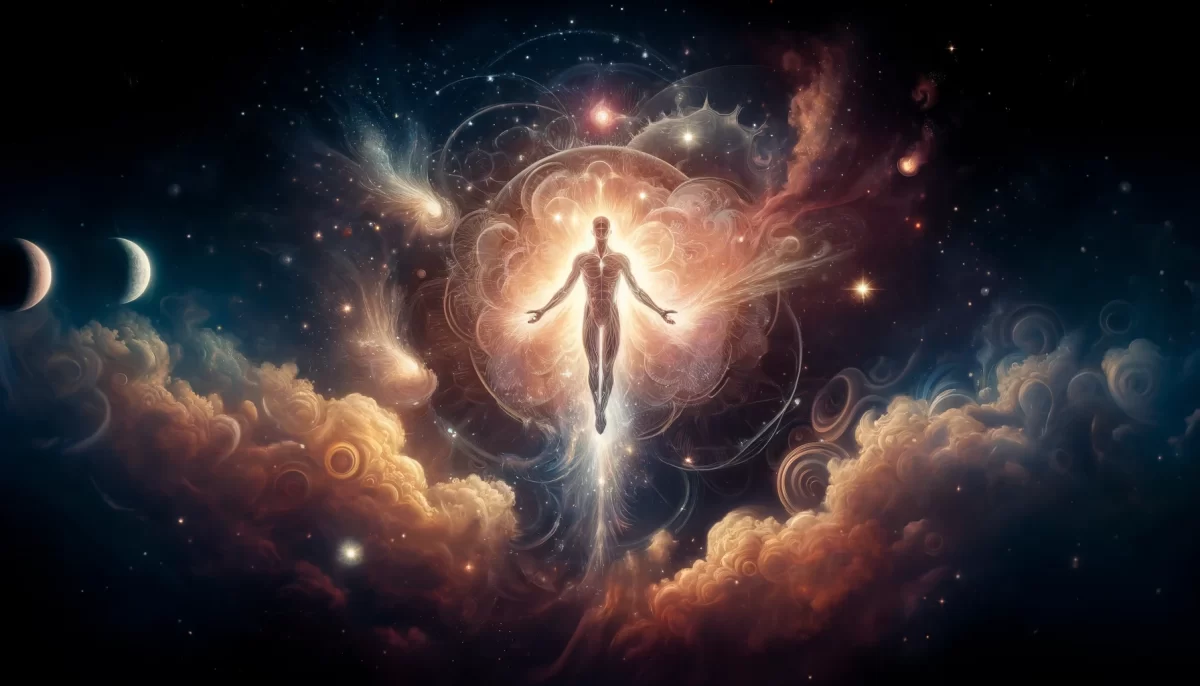





Leave a Reply